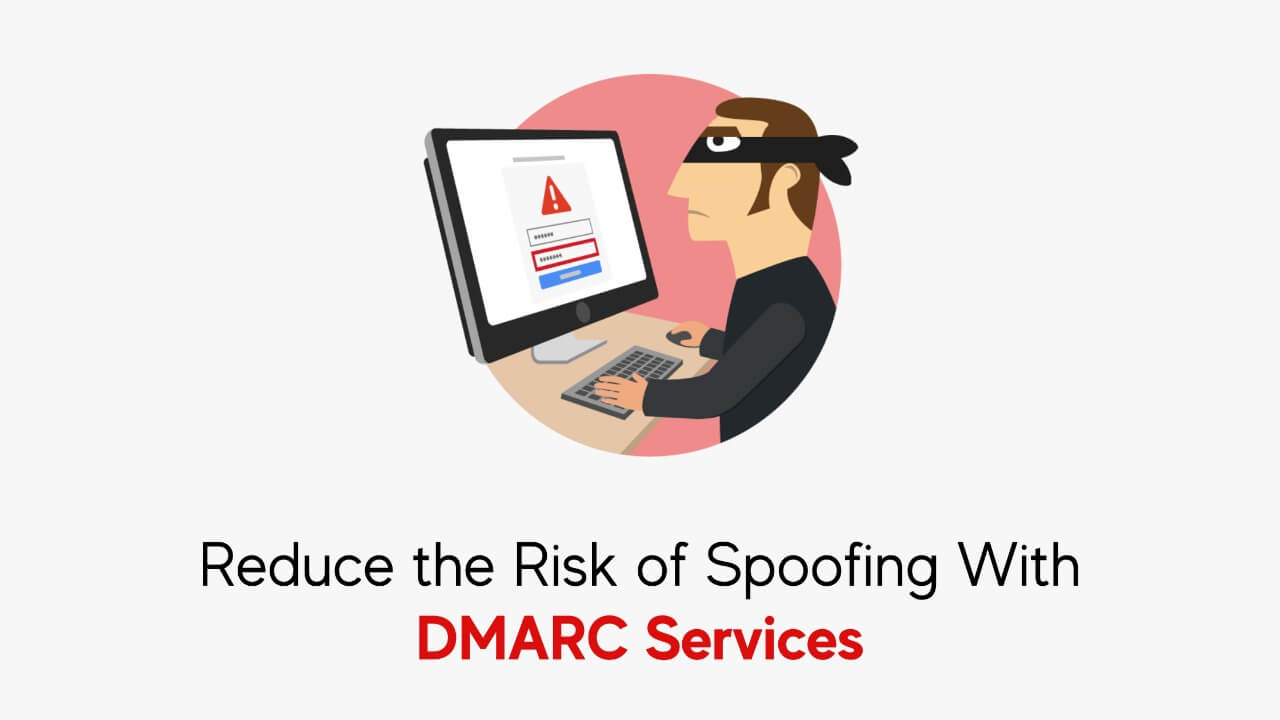Spoofing with DMARC Services has become a common problem and a big threat to businesses using emails for communication and promotions. It is difficult to confirm email recipients and what to do if an email passes the DMARC tests using DMARC. A DMARC methodology can be described in the DMARC document, which tells an ISP when to treat mails that pass the DMARC tests, based on the context.
Email recipients examine messages to see if they have authentic SPF and DKIM data that match the sender site. Communication can be classified as DMARC compliance or DMARC failure based on the results of these inspections. Following the verification of a text’s authenticity level, the email recipient will treat the email differently depending on the DMARC rule that has been specified.
It is not a great idea to enforce a reject rule right away
When an organization is subjected to a spoofing attempt on its behalf, it is common for them to instantly shut down the email route by setting up a DMARC report and imposing a 100 percent reject rule. This is efficient in promptly blocking phishing assaults but valid emails will be lost as a result.
When organizations first implement DMARC, 99 percent of the time, they will not have an adherence of around 100 percent, according to DMARC Analyst. Begin with a p=none rule and observe the outcomes, then strengthen SPF and DKIM verification before enforcing the policy, according to DMARC Analyst. Based on an agency’s architecture, this procedure can take anywhere from one to 12 months.
Inbound email channels are not protected by DMARC
DMARC is only designed to safeguard the outward component of the mail connection. It does not safeguard the incoming part. DMARC, on the other hand, has a minor impact on the new server’s network. DMARC will have an impact on emails sent to co-workers. Because of the emails sent, DMARC can have a great impact on them.
DMARC is not a quick fix for delivery
ISPs who have implemented DMARC will detect you are attempting to enhance the safety of your email route if you place a DMARC report (and enforce it). As a result, ISPs that have implemented DMARC can deliver your mails to the recipient’s primary mailbox. However, implementing a DMARC rule is not a fast remedy for email delivery.
Deliverability can be improved by installing and implementing DMARC Services, but it’s not a certainty.
After validating SPF and DKIM validity, a DMARC statement is a word item inside the DNS server that informs the public of the email domain policies. This is known as identity matching or DMARC matching.
A DMARC registration also instructs private emails to submit XML notifications to the DMARC record’s sending email address. These statistics show you how your mail is traveling around the system and enable you to see who else is utilizing the email domain. The main purpose of deploying DMARC is to protect a domain being used in business from email compromise attacks, phishing emails, email scams, and other cyber threat activities. Get DMARC deployed in your organization today. Contact us now!




